When was the last time you sang or danced, wholeheartedly, like a child?

As young explorers, we usually pride ourselves on our enthusiasm but the young South Africans we met today really took it to the next level. Kids from local townships greeted us at the beach with a cheerful chant and a dance before asking us to join in. We were all surprised and reluctant to make a fool of ourselves (apart from Chris) at first but we soon got into the groove.
These children face difficult situations in their homes including violence and sexual abuse, yet the smiles on their faces became contagious. The afternoon we spent with them was a reality check for a lot of us because we sometimes complain about small things at home.
Together we spent several hours collecting rubbish on the beach in the morning. Straws, plastic bags and condoms were among the many things we found in the sand. In total, we filled about 20 rubbish bags full of things that could have ended up in the water.
Although we went to the beach with the intention of teaching the kids about picking up rubbish to keep our oceans clean, we left with a deeper message. No matter how tough life can get, a smile always goes far.
HOW LONG RUBBISH TAKE TO DECOMPOSE?
STRAW: Up to 200 years
LOLLYPOP STICK: 150 years
LIGHTERS: 100 years
CIGARETTE BUTT: 2 years
PLASTIC BAG: 150 years
BOTTLE CAP: 30 years
PLASTIC BOTTLE: From 100 to 1000 years
NEWSPAPER: 1 year
ALUMINIUM CANS: 10 years
CONDOMS: 6 months to 4 years
GLASS: 4000 years
POLYSTYRENE: 1000 years
By Shaya Laughlin & Andrea Lavarello




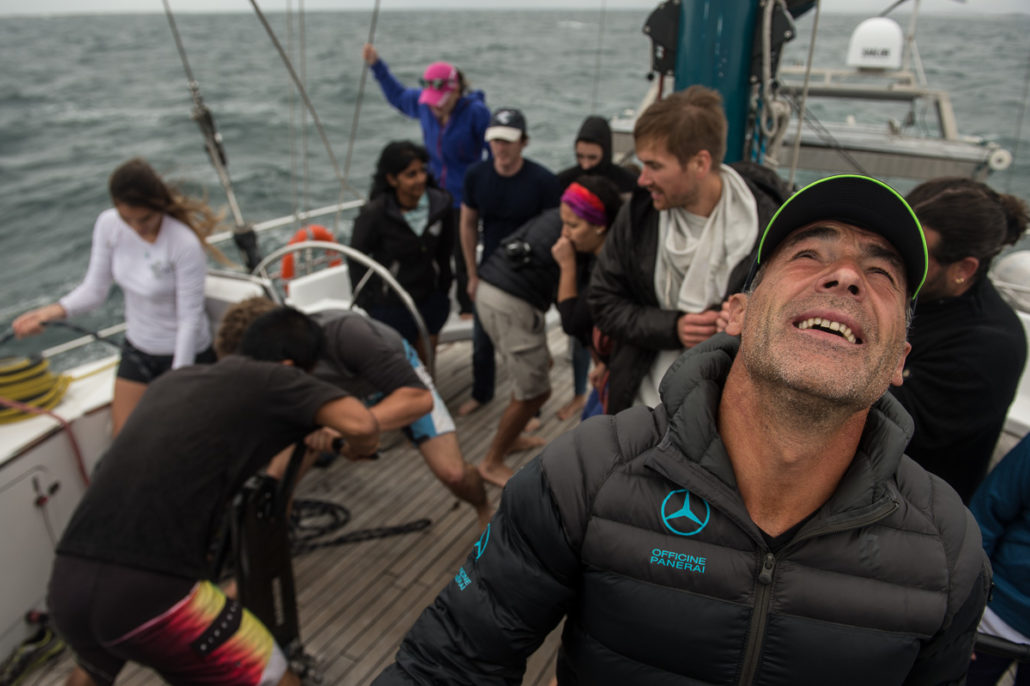






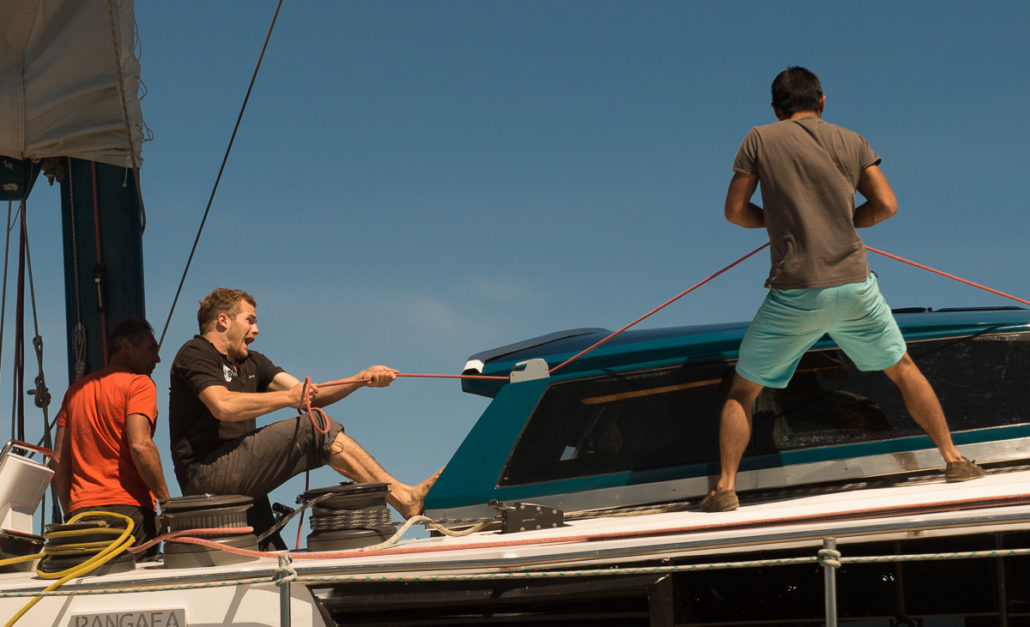



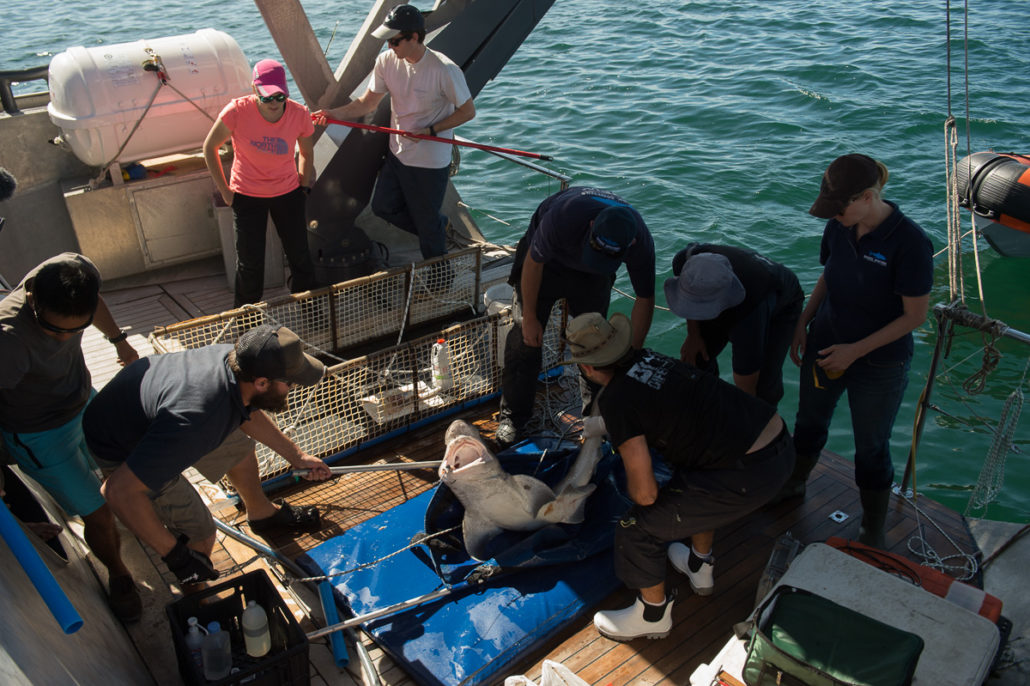




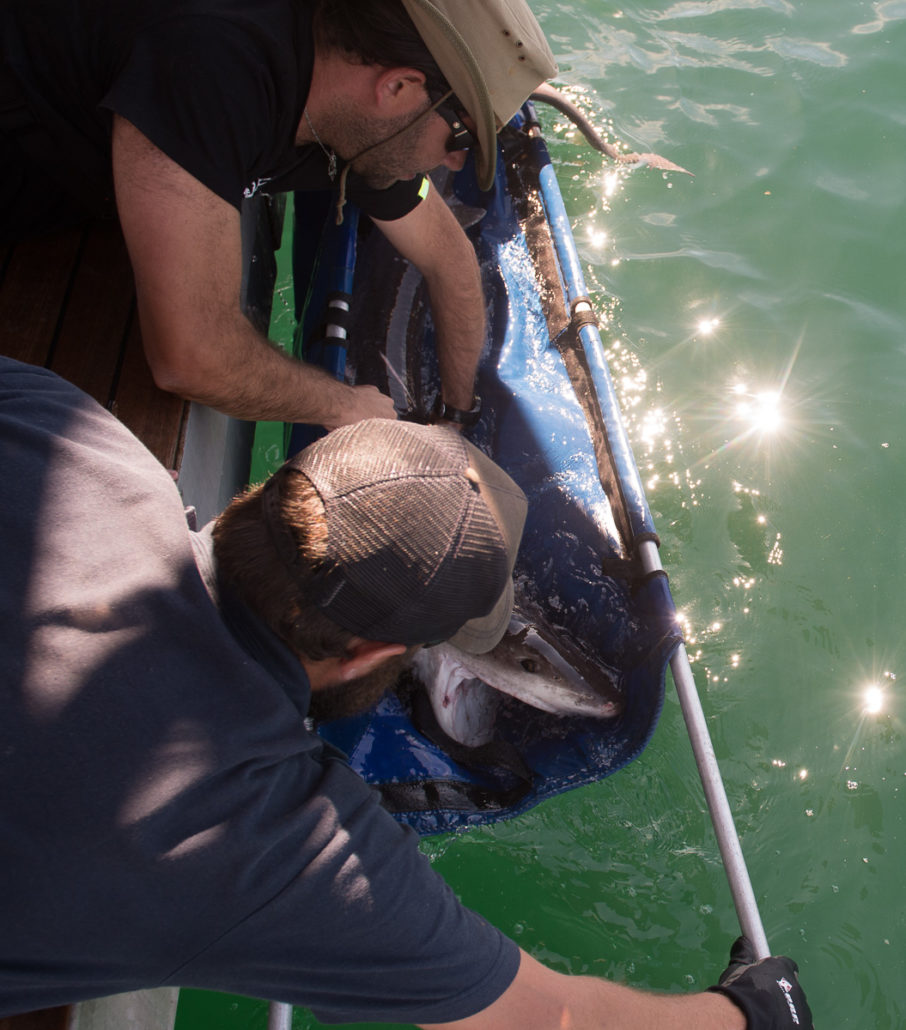
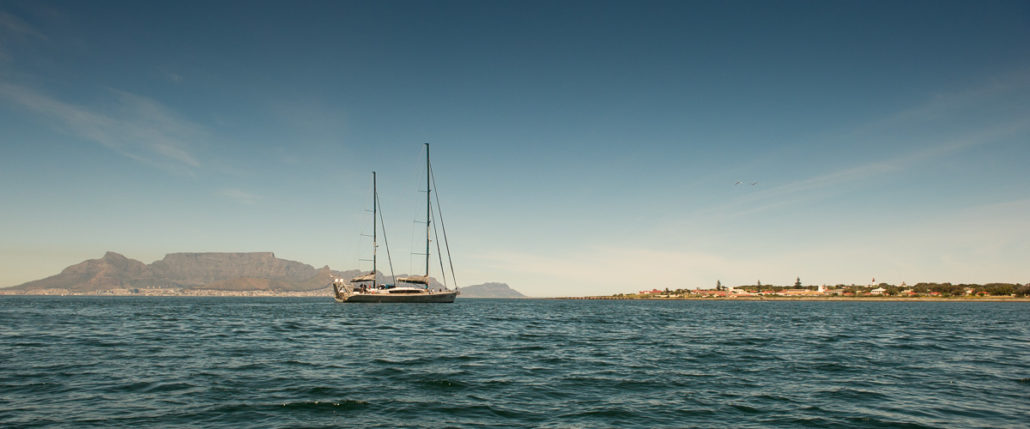







 En utilisant ce site web, vous acceptez l'utilisation de cookies telle que décrite dans notre politique de confidentialité.
En utilisant ce site web, vous acceptez l'utilisation de cookies telle que décrite dans notre politique de confidentialité. By using this website, you agree to the use of cookies as described in our Privacy Policy.
By using this website, you agree to the use of cookies as described in our Privacy Policy.